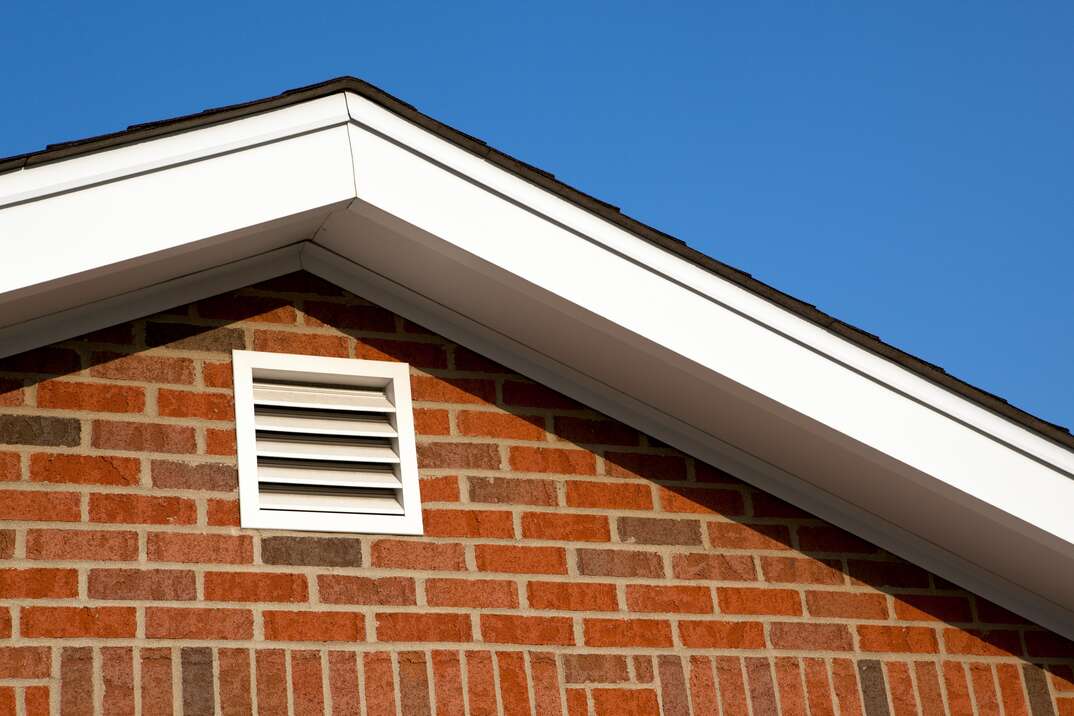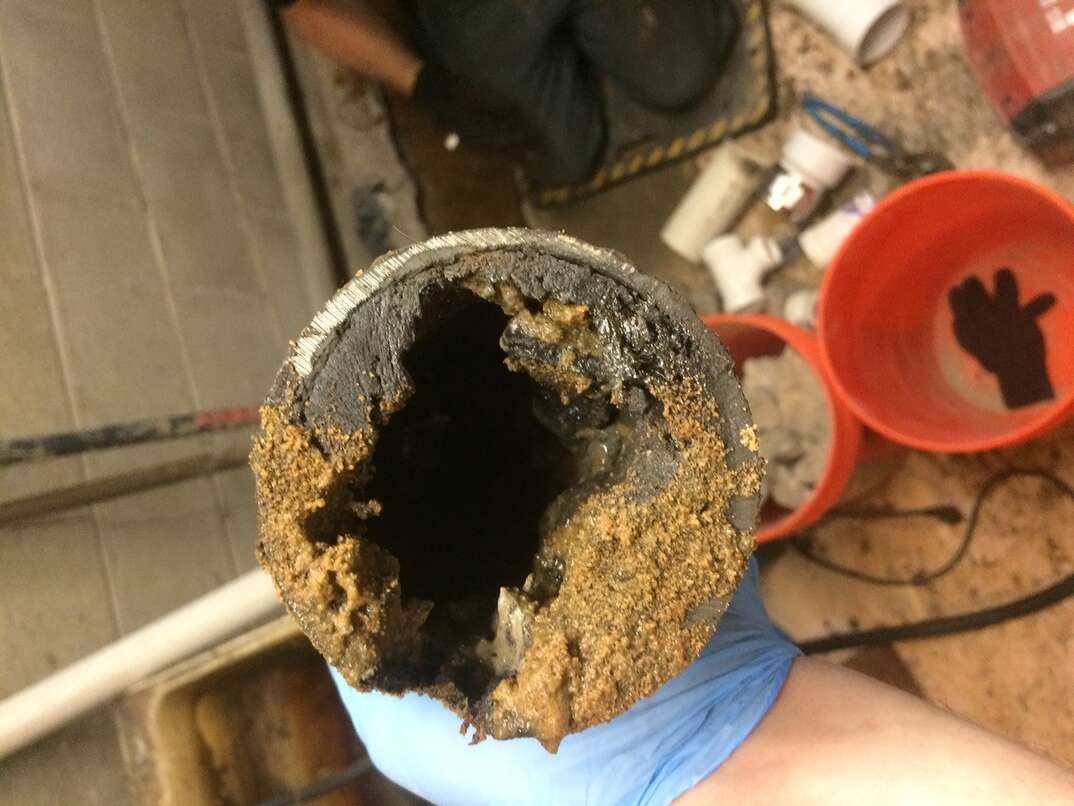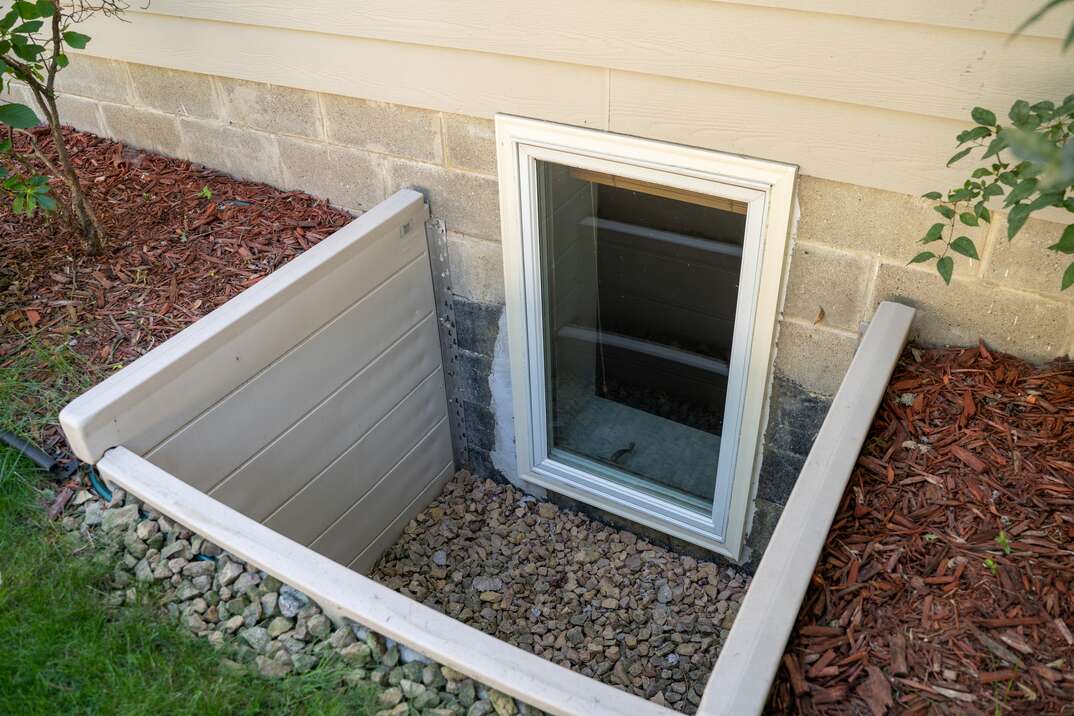Got Gable Vents? Here’s What You Need to Know About Your Attic’s Airflow

Roof and attic ventilation is a frequent topic of discussion among homeowners trying to cut energy bills. The goal of removing heat in the summer and keeping the cold out in the winter is simple enough — but actually putting this concept to work in your attic requires a basic understanding of how to go about it. Take a walk through any big-box home improvement store and you’ll find multiple aisles with all varieties of insulation, ventilation devices and roofing materials with packaging that advertises energy efficiency. Which ones are right for you?
This May Also Interest You: How Much Does Attic Insulation Cost?
Just as there are different roof designs, there are different ventilation types designed to work best in each one.
What Is a Gable Vent?
If you have a gable roof, you’ll commonly have gable vents. The gable roof design is very common in temperate to cold areas of the country. You can spot a gable roof when you see a house with one long ridge spanning the roof. The gable vent is placed at both ends of the roof, on the sidewalls of a house beneath the roof eaves. Also, known as louvered vents, you might’ve seen them as big triangles or circles on the exterior house walls, near the roof. They usually come in pairs, but you may have more than that, depending on the number of gables your roof has.
How Does a Gable Vent Work?
Gable vents offer passive ventilation of the attic space and roof. When the outside air is moving perpendicular to the gable vents, it’s like two windows on opposite sides of a room: cool air into one side, and hot air out the other. When the air moves parallel with the gable vents, both vents can work as intake and exhaust vents with the ebb and flow of the breeze. Airflow through vents in the attic will draw heated air out as it rises. Warmer air leaving the attic space causes a slight negative pressure, which acts to draw cooler air in.
What Is a Soffit Vent?
Typically, your roof structure will include soffit vents. These vents are the ones you see when you walk under your roof overhang, also known as the soffit. They are placed lower than the exhaust vents so they can draw cooler air into the attic space. Most roof designs incorporate one or more exhaust vents to work in combination with soffit vents.
Exhaust vents can be:
- Ridge vents
- Gable vents
- Turtle vents
- Turbines
How Do Gable and Soffit Vents Work Together?
Exhaust vents are easy to spot on a roof, as they are placed high on the roof, near or on the ridge, where they work to let the warmer rising air out. The airflow of all attics is designed for cool air to enter from below and warmer air to exit at the top. This natural flow of air from the soffit vents to the gable vents regulates the temperature and ventilation of your attic and roof materials.
Do Gable Vents Interfere With Ridge Vents?
As popular as ridge vents are, they don’t work well with gable vents. That's because gable vents are too close to ridge vents to move significantly cooler air.
Gable and ridge vents both work ideally with soffit vents. Soffit vents are far below the level of gable vents or ridge vents. Therefore, the cool-air intake for attic ventilation needs to be significantly lower than the exhaust for your ventilation system in order to work effectively.
Too many exhaust vents work against each other. In situations where ridge vents and gable vents are used in combination, we see the gable vents act as the soffit vents would: drawing in the upper warmer air, which moves up and out through the ridge vent. This creates a layer of stagnant air near the attic floor that allows moisture and heat to combine. This layer of air traps heat in the living space as well as trapping moisture that condenses in the cooler winter months.
Do Attic Fans Work With Gable Vents?
Exhaust fans are powerful means of moving air out of attic spaces. They create a more powerful negative pressure than the passive action of soffits and gables. So the question becomes: Where will the cooler air come from to fill the void?
Again, gable vents typically are too close to the same level as the fan to bring in significantly cooler air. The gable vents turn into intake vents and bring in warmer air to the attic space.
Some attic fans or whole-house fans are too powerful for the attic. If the negative pressure they create by exhausting attic air is strong enough, they can draw conditioned air from your living space into your attic, and then outside. If the living space is sealed properly against conditioned air being drawn into the attic space, attic fans will be most efficient without gables.
What Is Ideal Attic Ventilation?
The temperature in your attic should be near the outdoor air temperature, and should remain so all year round. Proper ventilation and insulation for your roof and attic will save you money in energy bills, as will keeping your roof healthy. Don’t cover your vents in the winter, as you’ll be setting up a situation for condensation in your attic when you cut off the airflow.
More Related Articles:
- 5 Insulation Tips to Save Energy and Money
- How to Winterize a House: Your No-Chill Checklist
- Step Up Your Storage Game by Installing an Attic Ladder
- Home Inspection Horror Stories: From Rats in the Attic to Water Heaters Ready to Blow
- What to Expect When They're Inspecting: Your Home-Inspection Checklist
How Can I Tell If My Attic Needs Better Ventilation or More Insulation?
If you’re going to do the inspection yourself, here are some things to know and some steps to take:
- If you look in your attic and the blown-in insulation is less than 13 inches thick over your living space, you should add more.
- Signs of moisture in the attic space without leaks will be evidence. Mold and rot, again without leaks present, often occur in areas where moisture collects and the air is deficient.
- Be mindful of areas where your attic is warmer in the winter or cooler in the summer, as this could be a leak from the living space where conditioned air is reaching the attic.
- Insufficient ventilation leads to trapped air and heat. In the summer months, some attic temperatures reach 160 degrees when outside temps are only 95 degrees, and such extreme heat bakes your roofing materials from underneath.
- In the winter months, you may see condensation in areas where moist warmer air is combining with the cold air and making solid materials wet. This is a sign there may be a leak where conditioned air from the living space is moving into the attic or there isn’t enough outside air coming into the attic space to dry it out.
How Do I Increase Ventilation in My Attic With Gable Vents?
Be sure your gable vents are open to airflow. Many times, the screen behind the louvers becomes clogged or matted with wildlife nesting materials and dust. Clean gable screens regularly and repair them if needed to keep the critters out.
Next, check your soffit vents and consider adding more. Carefully climb into your attic and keep the light off: Do you see any light coming in from outside through the soffit vents? If not, they could be covered and blocked with insulation, or perhaps you could use another soffit vent in that area. Big-box DIY stores have soffit vent baffles that can be placed between the blown-in insulation and your soffit screen to keep them open for airflow, as well as the soffit vents themselves to add to your home.
Since we’re all home now more than ever, being prepared for unexpected home repairs with a plan from HomeServe is important. Having a plan in place gives you the peace of mind knowing that you can simply call our 24/7 repair hotline for covered breakdowns. See what plans are available in your neighborhood.


